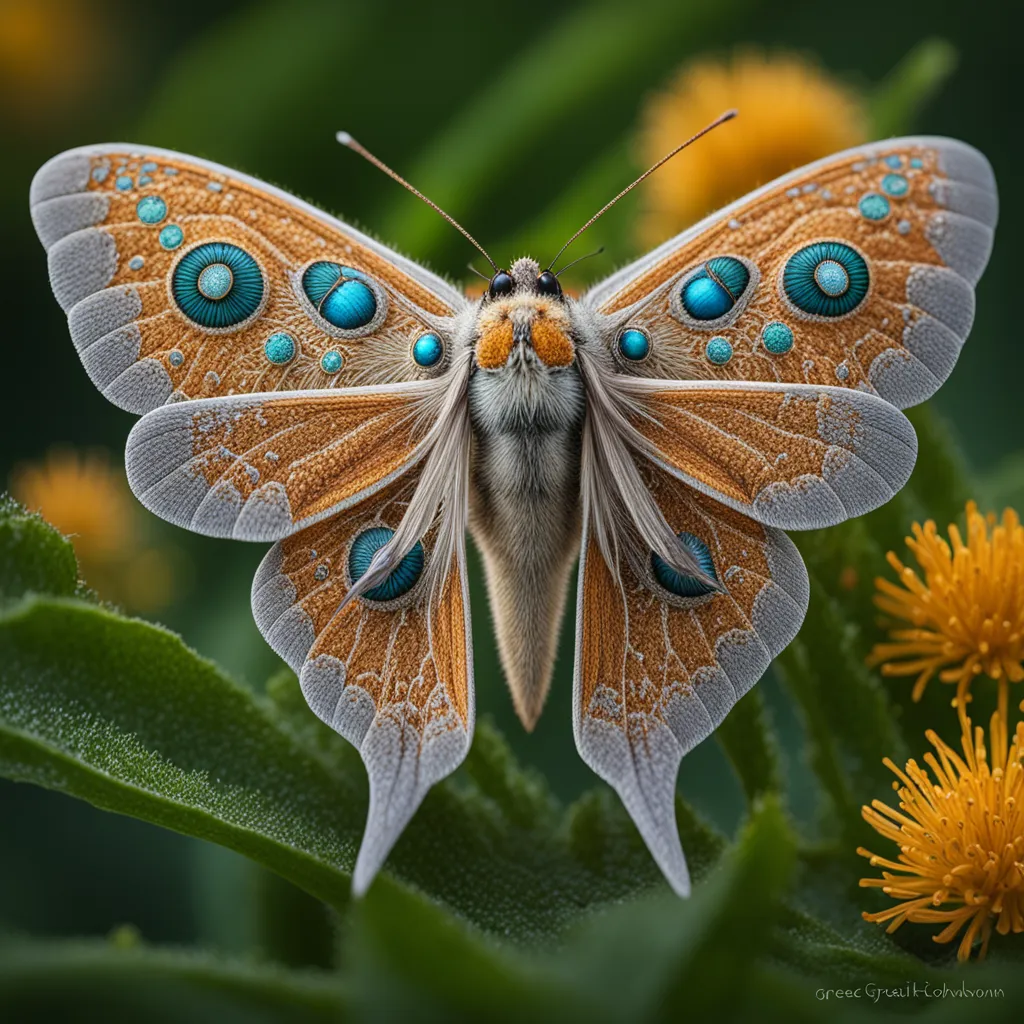A Lifelong Moth Enthusiast Discovers New Species in Local Park
A new species of moth has been discovered at Walpole Park in Ealing, west London, thanks to the keen observation of Barbara Mulligan, a lifelong moth enthusiast.

Mulligan found the tiny insect in her moth trap and, intrigued by its uniqueness, sent it to the Natural History Museum for testing.
Through DNA analysis, the museum confirmed that the find was previously unknown to science, marking a significant discovery in the world of entomology.
"It's nice to think I'll be forever remembered by a moth," said Ms. Mulligan, expressing her delight after the announcement of the discovery.
Having dedicated her life to catching and breeding moths since the age of 10, Mulligan described the news as "a lovely surprise" and admitted, "One thing I never thought would ever happen was that I'd find a new species."
Despite her decades of experience, Mulligan couldn't identify the initial moth, prompting her to seek assistance from local experts and the Natural history Museum.
Mark Sterling, a local expert and scientific associate at the museum, performed a detailed analysis of the insect, ultimately leading to the identification of a new species.
The moth, with a wing length of just 8mm, was determined to belong to the genus Tachystola, originating from Australia. Notably, none of the specimens in the museum's extensive collection were a perfect match, indicating a potential new discovery.
Upon realizing the uniqueness of the find, Sterling expressed excitement: "It was the first time I had ever seen a new species to science from the UK, so I was pretty excited."
Dr. David Lees, curator of the museum's microlepidoptera unit, and the molecular team conducted cutting-edge DNA sequencing on historical collections, including specimens dating back hundreds of years.
Comparing Ms. Mulligan's moth with specimens found in Australia in 1886, they discovered a genetic difference, confirming its status as a new species. Astonishingly, there was even an unnamed specimen in the 137-year-old collection, emphasizing the rarity and significance of the discovery.
"When the result came back, we were amazed - gobsmacked in fact," said Dr. Lees, highlighting the extraordinary nature of the find.

No comments:
Post a Comment